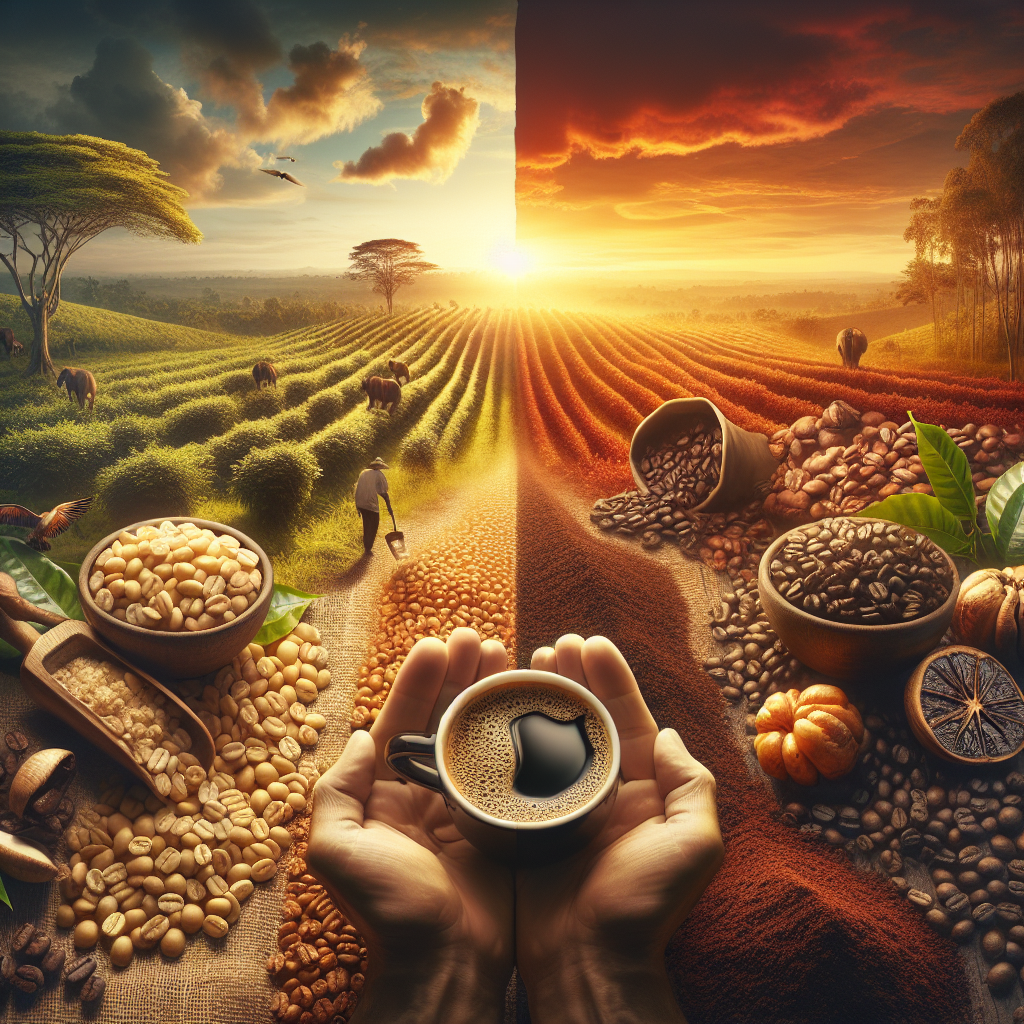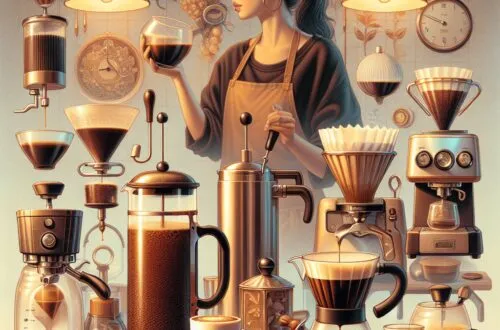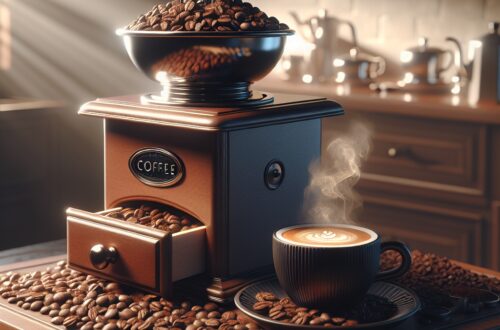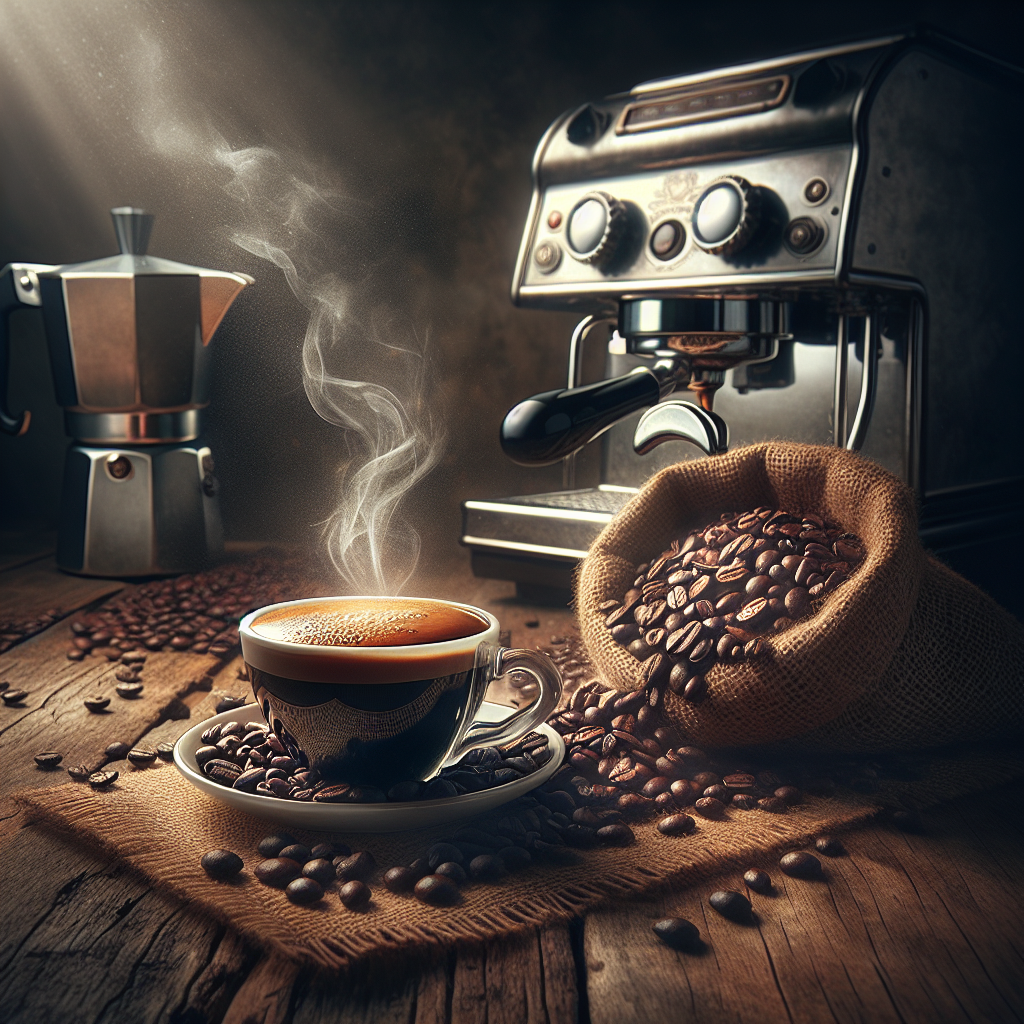“`html
Understanding the Difference Between Light Roast and Dark Roast Coffee: A Comprehensive Guide
1. Roast Process and Temperature
| Attribute | Light Roast | Dark Roast |
|---|---|---|
| Roasting Temperature | 385-410°F | Above 410°F |
| Flavor Development | Retains natural flavors | Bold and roasted flavors |
| Color | Light brown, no oil | Dark brown, oily |
| Caffeine Content | Higher per bean | Lower per bean |
| Stages of Roasting | Ends at first crack | Continues past second crack |
| Bean Density | Densely packed | More porous |
| Visual Indicators | Light and dry | Dark and shiny |
2. Tasting Notes
Light roast coffees are known for their bright, fruity, and floral notes, thanks to their shorter roast times. This enables the beans to preserve much of their original flavor, making light roasts a preferred choice for those seeking a vibrant taste. On the other hand, dark roast coffees possess a robust and bold flavor profile. The extended roasting period often results in smoky or even charred flavors, perfect for those who enjoy a hearty cup of coffee with intense, roasted characteristics.
3. Caffeine Content
Contrary to popular belief, light roast coffee often has more caffeine per bean compared to dark roast coffee. The roasting process breaks down caffeine molecules; hence, the denser light roast beans contain slightly more caffeine. However, the difference per cup is minimal and often varies depending on how the coffee is measured—by weight or by volume. For those concerned about caffeine intake, the variation is generally inconsequential in terms of health impact.
4. Acidity and Body
Acidity and body are two essential attributes that differentiate light roast from dark roast coffees. Light roast coffee generally has a higher acidity, contributing to its bright and vibrant flavor profile. In contrast, dark roast coffee is characterized by lower acidity, leading to a smoother but less complex taste. The body and mouthfeel also differ; light roast coffee offers a thinner body, whereas dark roasts provide a rich, thick texture, enhancing the overall drinking experience.
5. Visual and Physical Differences
Visually, light and dark roast coffees are quite distinct. Light roast beans are typically light brown and dry, while dark roast beans are dark brown and often oily due to the prolonged roasting process. The density and texture of the beans also vary; light roast beans are harder and denser, whereas dark roast beans are more brittle and porous. These physical differences affect grinding, storage, and brewing methods, impacting the final cup’s taste and quality.
Conclusion: Choosing Your Preferred Roast
Ultimately, selecting between light and dark roast coffee boils down to personal preference. If you enjoy bright, fruity flavors and higher caffeine content, light roast coffee may be your best choice. Conversely, if you prefer a robust, bitter, and rich coffee taste, dark roast is ideal. Exploring various roasts through different brewing methods can help you discover your perfect cup. For more insights into coffee, including frequently asked questions, visit our coffee FAQ page here.
“`
Shop at Breville now!
https://breville.oie8.net/oqDqrE
Shop Coffee Machine at Amazon now!
Click here!





